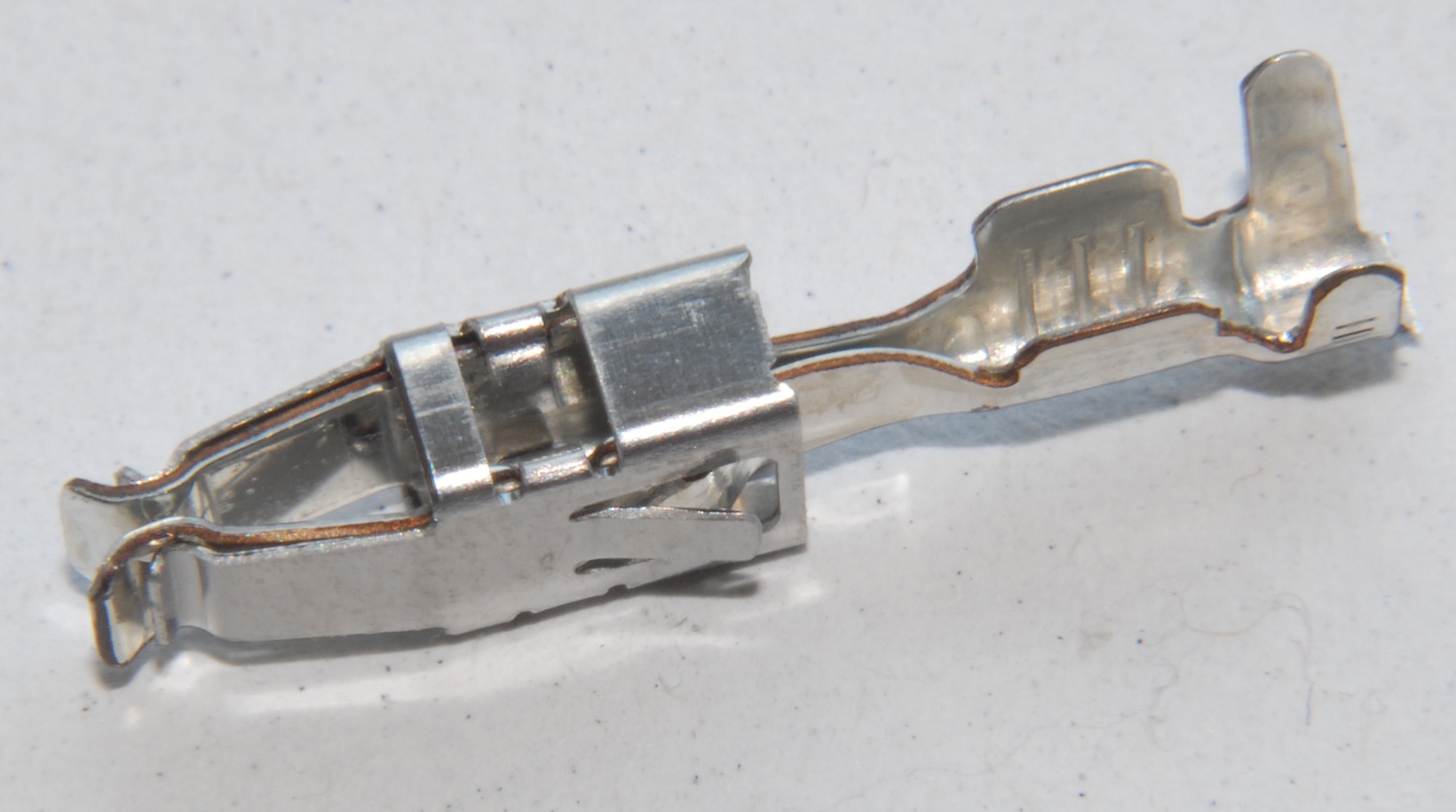Racecar connector coating materials
The use of electrical or electronic systems in vehicles has never been greater. Like it or not, with the increasing sophistication of control brought about by more prescriptive regulatory demands or demands for even greater fuel savings, the role of electronics or electrical componentry in the racecar can only increase in years to come. And since every electrical component, sensor or actuator has at least one electrical connection to the loom, the quality and reliability of these components has to be exemplary. After all, a DNF (did not finish) is a DNF irrespective of the cause, and the failure of such an apparently simple component can make that particularly galling.
Whether they are for automotive or motorsports use, electrical connectors are generally made from copper alloys plated with tin, silver or gold. Consisting of an outer female part that retains a bullet- or spade-shaped inner part under the action of spring loading, the reliability of the contact is controlled by the mechanical properties of the base material and the conductive properties of the surface layer. Should anything interfere with these properties – be it contamination, oxidation, the formation of sulphides or corrosion – then the resistivity of the joint may be impaired to the point where the electrical circuit is unsustainable. Thus, not only is the normal contact force between male and female parts important but so is the type of plating and its thickness.
A large part of what drives the selection and thickness of the coating is eventually down to cost, but in recent times the drive to reduce the amount of lead in all its forms in the manufacturing environment has led to the replacement of traditional tin-lead coatings with pure tin. In common with most other plating surfaces (except silver in some cases – see below) nickel is used as an underplating of 1-1.5 microns in thickness to prevent the copper migrating through from the base material to form a copper-tin compound, which can reduce the ability of the contact to be soldered if required and could induce a level of compressive stress in the tin deposit to form a type of ‘whisker’, which will eventually lead to system failure.
If tin is selected as your coating, the options are bright tin or matt tin. Bright, apparently polished tin has a more pleasant appearance and a lower coefficient of friction of the two, which may be important if the level of force required to press-fit male and female parts together is large. Matt tin on the other hand is easier to plate but softer and therefore less durable should parts need to be routinely dismantled.
A more expensive plating is pure silver. Favoured for its higher current power applications, silver has the highest electrical (and thermal) conductivity of any metal. Because of the high-power applications therefore, forces normal to the connectors when mated together should be very high. For these high values, and when the thickness of the silver is up to 20 microns, no underplating is generally required. Lower power ratings tend to need a nickel underplating, but because of the low thickness of the silver, such connectors are far less durable in assembly and dismantling. Let’s not forget also that over time silver will tarnish, so this may not be the best option if the working environment is even slightly corrosive.
The best coating material for both electrical contact and durability though is of course gold. When applied using a nickel underplating, gold will supply a stable and low contact resistance throughout the whole operating life of the connection – but at a cost. Almost inert chemically, gold will not form an insulating film between contacts, and because of this the assembly (and disassembly) forces can be comparatively low. As a result, metal-to-metal contact is easily established with low contact forms, and is the reason why the coating is the preferred choice for applications using low voltages or currents.
Tin-, silver- or gold-plated contacts? Just another decision to be made when designing your wiring loom.
 Fig. 1 - Tin-plated contact
Fig. 1 - Tin-plated contact
Written by John Coxon